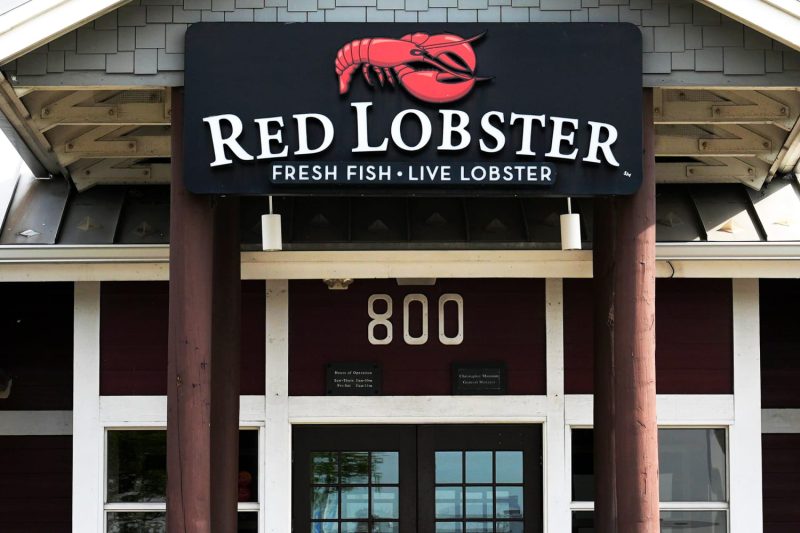In recent years, the restaurant industry has seen a notable shift towards private equity investments, with major chains being bought out by large investment firms in hopes of boosting profitability and streamlining operations. One of the most prominent examples of this trend is the case of Red Lobster, the popular seafood chain that was acquired by Golden Gate Capital in 2014.
The move was met with mixed reactions from industry experts and customers alike. While some saw the potential for revitalizing the struggling chain, others raised concerns about the impact of private equity ownership on the business’s long-term sustainability. As time went on, it became apparent that the challenges facing Red Lobster were more complex than previously thought, and the endless shrimp promotions that once lured in customers were no longer sufficient to keep the chain afloat.
One of the key issues that arose following the acquisition was the heavy debt burden that Red Lobster now carried as a result of the deal. Private equity firms often finance acquisitions through a combination of debt and equity, with the intention of using the acquired company’s assets to repay the debt over time. However, in Red Lobster’s case, the chain’s declining sales and changing consumer preferences made it difficult to generate the cash flow needed to service the debt, putting a strain on the company’s financial health.
Additionally, the shift towards healthier and more sustainable dining options presented a challenge for Red Lobster, which had built its reputation on indulgent and often fried seafood dishes. As consumer tastes evolved, the chain struggled to adapt its menu to cater to changing preferences, leading to a loss of relevance in the highly competitive restaurant market.
Moreover, the operational changes implemented by Golden Gate Capital, aimed at cutting costs and increasing efficiency, had unintended consequences for the chain’s overall customer experience. Reports of lower quality food, reduced portion sizes, and slower service started to emerge, further weakening Red Lobster’s position in the market and eroding customer loyalty.
Despite these challenges, Red Lobster continues to operate, albeit with a substantially different business model than before. The chain has made efforts to revamp its menu, introduce new promotions, and enhance its online ordering capabilities in an attempt to attract customers and drive sales growth. However, the road to recovery remains long and uncertain, as the legacy of private equity ownership continues to shape the chain’s trajectory in the years to come.
As the restaurant industry continues to evolve, the case of Red Lobster serves as a cautionary tale of the risks and rewards associated with private equity investments in the sector. While such deals can inject much-needed capital and expertise into struggling businesses, they also come with inherent challenges that can have far-reaching consequences for both companies and consumers. Only time will tell whether Red Lobster can weather the storm and emerge stronger on the other side, or whether it will become another casualty of the changing tides of the restaurant industry.
